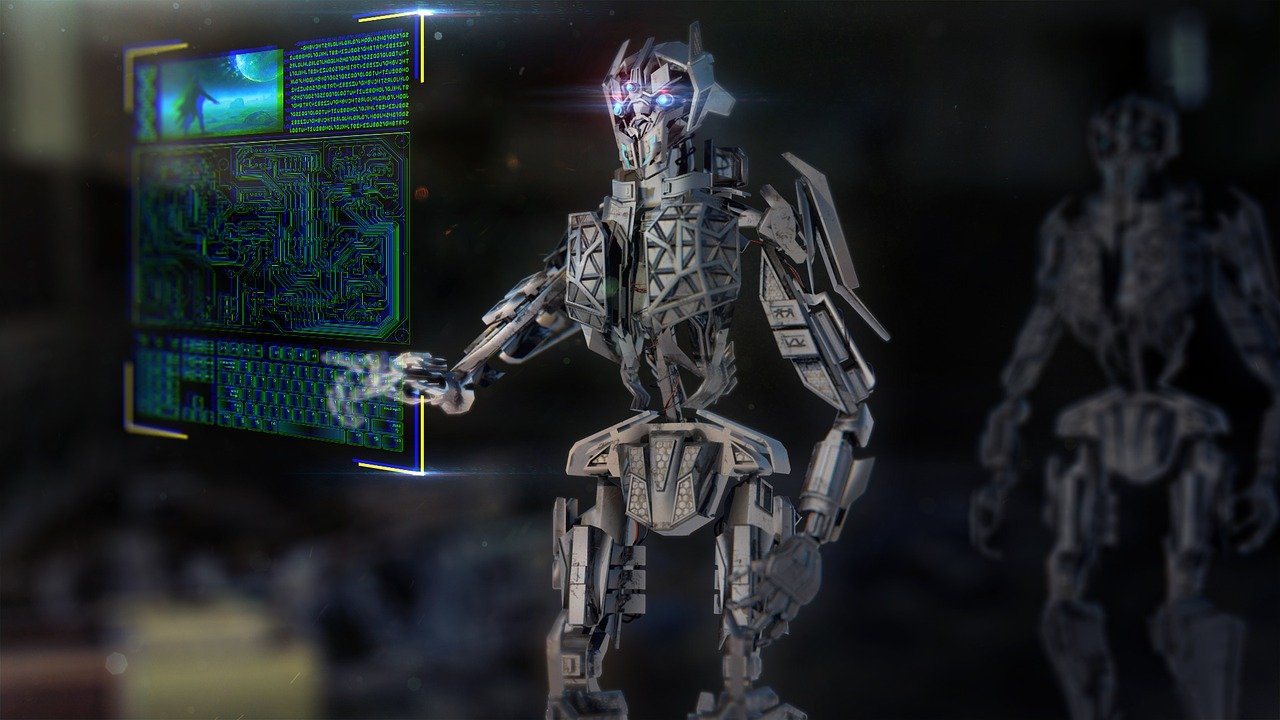Workforce Managers have the challenging job of ensuring that staffing levels are appropriate to be able to deal with the incoming volume of requests in a way that meets the expectations of the business.
It’s a tough ask, but one that modern Workforce Management Scheduling solutions can help deal with using hard data, analytics, and planning tools. These tools are only getting better as time goes on — largely thanks to the arrival of new technologies such as artificial intelligence (AI) and machine learning (ML).
AI and ML
You may be familiar with discussions about AI and ML from their high-profile use cases in scenarios such as helping power Google’s trillion-dollar search engine empire, perform impressive medical diagnostic feats, drive autonomous vehicles without needing a human in the passenger seat, and beat human experts at games like the complex Chinese board game Go.
But they can also be a game-changer when it comes to assisting Workforce Managers.
What all of the above examples have in common is that they involve prediction. ML tools learn from past data and, as a result, can better anticipate future scenarios. In this way, they learn similarly to humans — with each time we experience something improving our ability to imagine how a similar event might take place next time round.
The Power of Prediction
This kind of predictive ability can be revolutionary when it comes to Workforce Management Solutions. While operational managers like to think of themselves as responsive, often this just means adopting fixed patterns based on measures like days of the week — so that they will, for example, schedule 30 agents on a Monday and continue to do so. The only reason they might change this is reactively due to exceptional, unforeseen circumstances like a major power loss.
It’s difficult to blame decision-makers for acting in this way. Business demands and the liquidity of resources make it tough to create a schedule that balances employee preferences and availability with business efficiency needs.
Fortunately, AI and ML can help. Intelligent skill assessment tools make it possible to uncover hidden patterns in historical data and to then use this to make more accurate dynamic forecasts regarding both work time and volume. Based on the type of work that is forecast, these tools can recommend the right scheduling model to produce optimal results.
This is different than simply looking at past historical skill usage data and slavishly copying this since it is unlikely that factors like work volumes, schedules, queuing conditions, and more will follow the same patterns in the future as they have in the past.
Smart Predictive Models to the Rescue
Instead, smart AI and ML-based WFM tools use predictive models to mimic workflows. This includes systems like discrete event simulators (DES), which simulate the performance of a process, facility, or system as a series of “events” that take place over time. These can be used for modeling scenarios to be able to better anticipate how to deal with them in an efficient, effective manner.
They can be used to help determine the optimal schedules for employees of multiple skill types, predicting when — and to what extent — certain skills belonging to particular employees will be most useful. In this way, they can create highly accurate skills usage assessments for optimizing scheduling. As historical data changes, AI-driven systems can automatically select the most appropriate model to use for future forecasts.
Closed-loop feedback processes begin with self-educated “guesses,” and then learn to fine-tune information over time as planning and scheduling goes on. As time passes, these systems get better and better at accounting for details such as service levels, occupancy, and net staffing, as well as fine-grain details like break times and lunch, shift starts, and more.
Learning the uniqueness of different workplace environments, and being able to apply the necessary intelligence to improve areas like scheduling, is an enormously challenging problem to attack. However, as cutting-edge data analysis algorithms and associated tools have begun to appear on the market, they have already commenced demonstrating their worth — even winning over those who have been working in this area for many years.
Making a Positive Impact
Doing so can have extremely positive results. Being able to respond to changes in real-time, better determine the number of people to hire or schedule for a shift, help select the right forecast model for changing conditions, and more, can all have a big positive impact. This positive impact isn’t just felt on the business’s bottom line through greater efficiency, but also through customer and employee satisfaction.
What’s more, by taking on the challenging task of optimizing Workplace Management, human managers can be freed up to focus on areas of their work that require the human (not machine) touch.
Select the right tools for the job, and it’s a major win-win for all involved.
































































